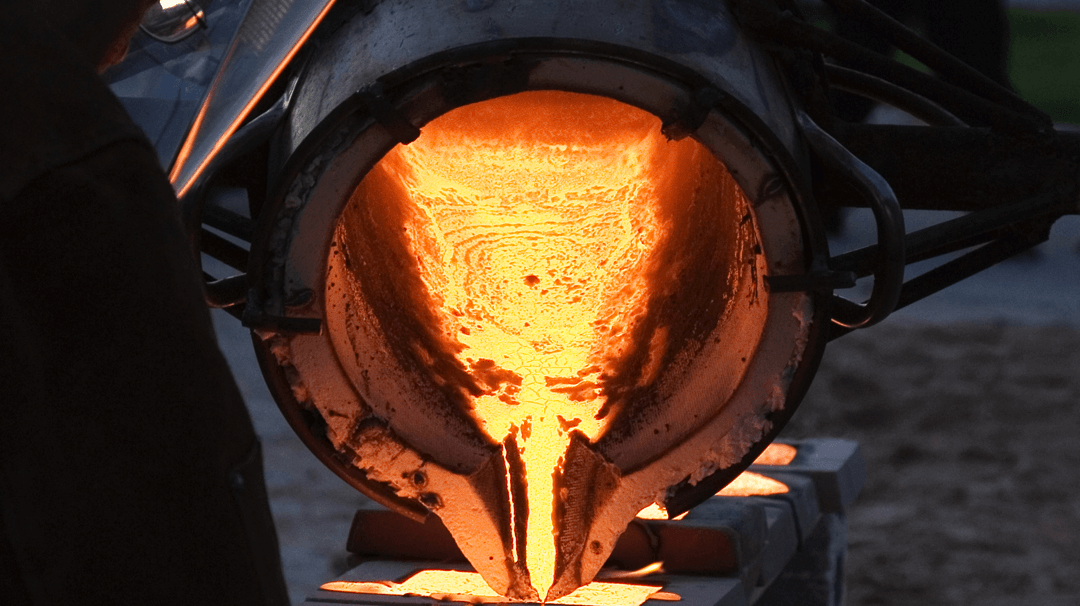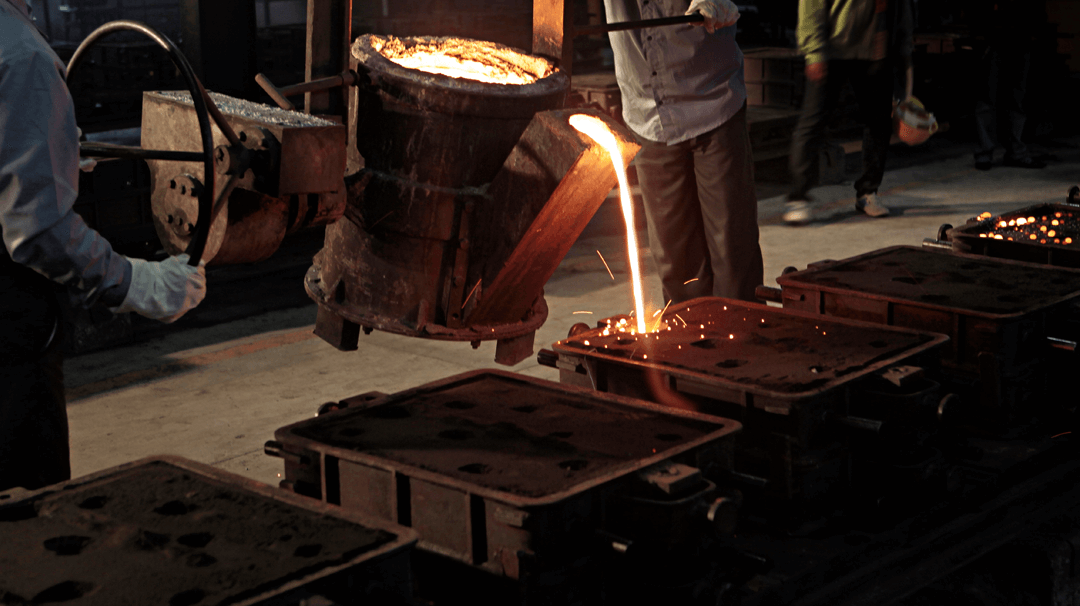Heat Stress and Strain
Validate Consulting can conduct workplace assessments for heat stress and strain to help predict thermal comfort satisfaction levels in office buildings and factories.
Control measures to reduce such thermal stress can also be provided. The human body has a core temperature of ~37 °C. Core body temperatures can be exceeded under certain circumstances with selected populations, environmental and physiologic monitoring and other controls. However, if normal core temperature changes by more than +/- 2 °C this can cause serious health effects.
Heat stress refers to the net heat load which an operative may be exposed to from a combination of metabolic heat, environmental factors (radiant and air temperature, relative humidity and air velocity) and clothing requirements. Mild to moderate heat stress may cause operator discomfort and affect performance but is not harmful to health.
Heat strain is the overall physiological response resulting from heat stress, these physiological responses are related to dissipating excess heat from the body. Heat strain is imposed by the working environment (a combination of the radiant and air temperature, relative humidity and air velocity).
More so than any other physical agent, the potential health hazards from working in a hot environment is strongly dependent on physiological factors that lead to a range of susceptibilities depending on the level of acclimatizations. It is particularly important that professional judgement is used in the assessment of heat stress and physiological heat strain to provide guidance for protecting healthy workers with considerations of individual workers and the type of work undertaken.
Thermal Comfort
Thermal comfort is defined as that condition of mind which expresses satisfaction with the thermal environment. It is accepted that it is not possible to keep everyone in the workplace happy with the thermal environment, but keeping at least 80% of staff satisfied is considered to be an achievable target by the HSE. The percentage of staff satisfied with their thermal comfort can be predicted using a standard assessment method which takes into account of 6 different parameters which are independent of each other, but together contribute to a worker’s thermal comfort.
If you have any questions or would like more information please do not hesitate to get in touch via our contact section or email.

Get in touch

What Our Clients Say
“Validate have always provided a 1st-class service, professional and reliable.”
Thermal Environment FAQ’s
How do you measure Heat Stress?
This method of assessment involves the three main components of the heat burden experienced by workers:
- thermal environment,
- type of work,
- type of clothing.
Thermal environment
The first factor in assessing heat stress is the thermal environment as measured by WBGT index. WBGT is calculated in degrees Celsius using a formula which incorporates the following three environmental factors:
- air temperature
- radiant heat (heat transmitted to the body through the air from hot objects such as boilers or shingles heated by the sun)
- cooling effects of evaporation caused by air movement (humidity).
To measure WBGT, a heat stress monitor consisting of three types of thermometers is required:
- A normal thermometer called a dry bulb thermometer is used to measure air temperature.
- Radiant heat is measured by a black bulb globe thermometer. This consists of a hollow, 6-inch diameter copper ball painted flat black and placed over the bulb of a normal thermometer.
A wet bulb thermometer measures the cooling effect of evaporation caused by air movement (wind or fan). It consists of a normal thermometer wrapped in a wick kept moist at all times. As air moves through the wet wick, water evaporates and cools the thermometer in much the same way that sweat evaporates and cools the body.
What are the maximum/minimum temperatures allowed in the workplace?
Minimum workplace temperature
The Approved Code of Practice suggests the minimum temperature in a workplace should normally be at least 16 degrees Celsius. If the work involves rigorous physical effort, the temperature should be at least 13 degrees Celsius. These temperatures are not absolute legal requirements; the employer has a duty to determine what reasonable comfort will be in the particular circumstances.
Higher workplace temperatures
A meaningful figure cannot be given at the upper end of the scale due to the high temperatures found in, for example, glass works or foundries. In such environments, it is still possible to work safely provided appropriate controls are present. Factors other than air temperature, ie radiant temperature, humidity and air velocity, become more significant and the interaction between them become more complex with rising temperatures.
